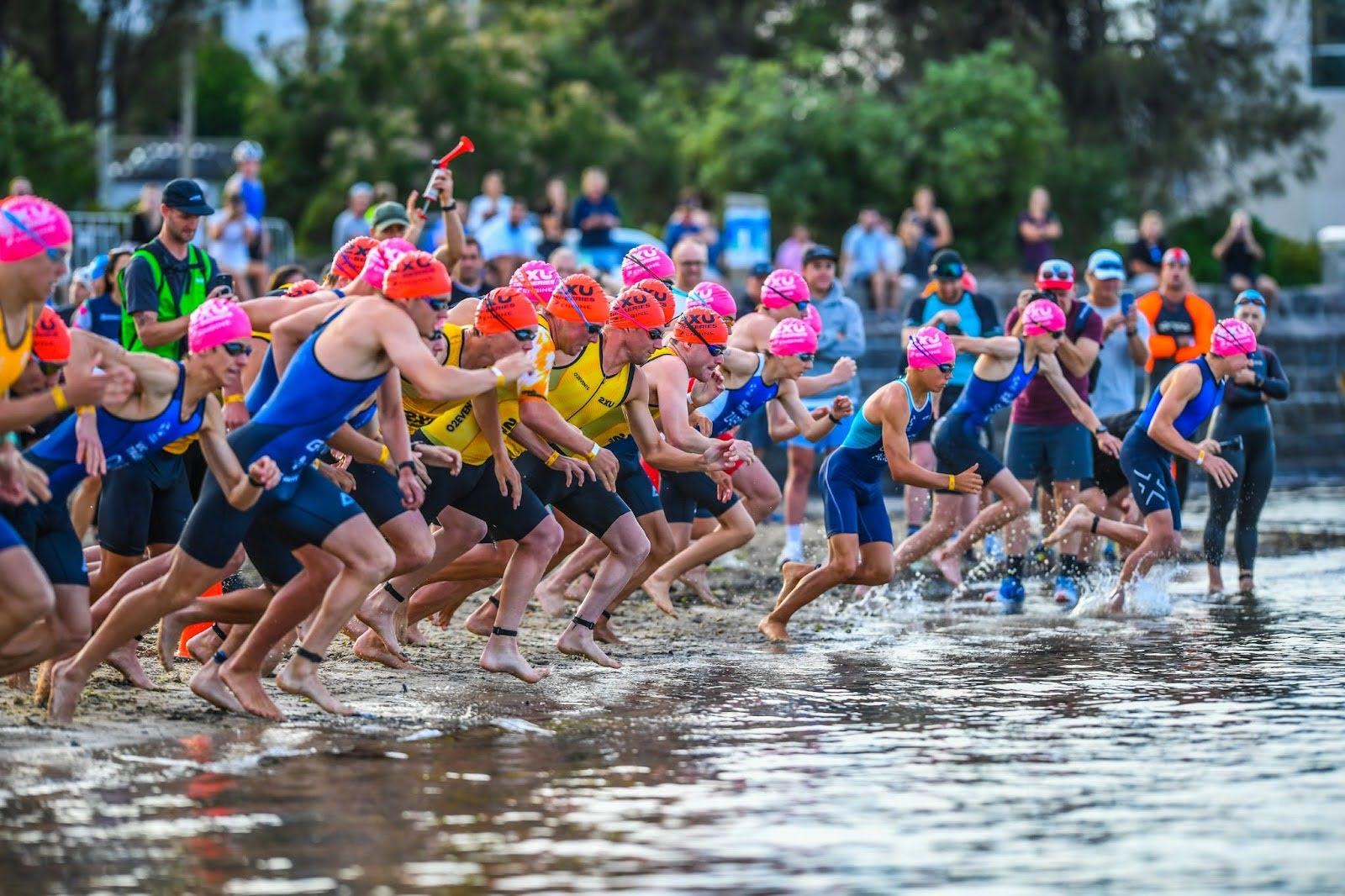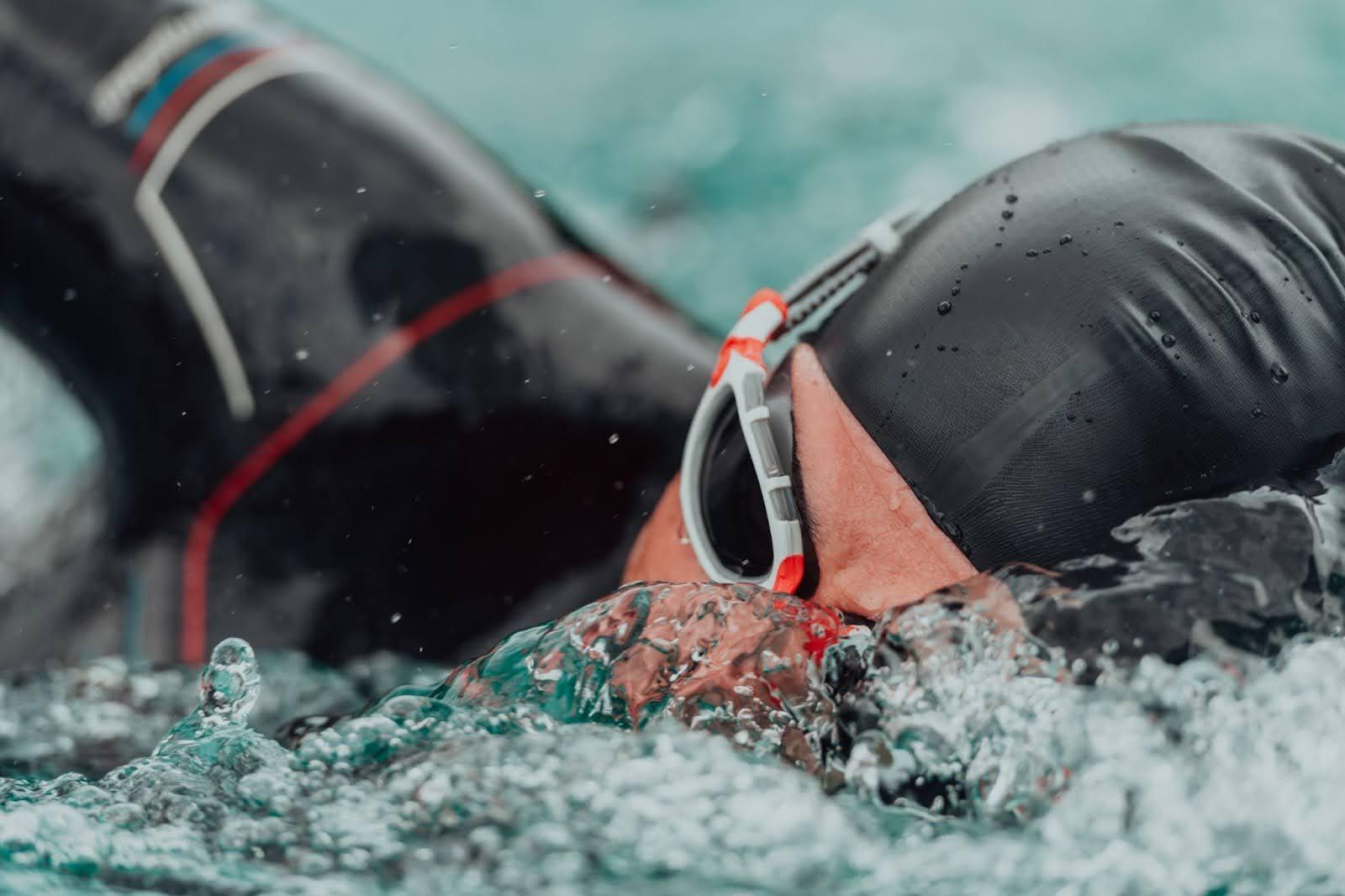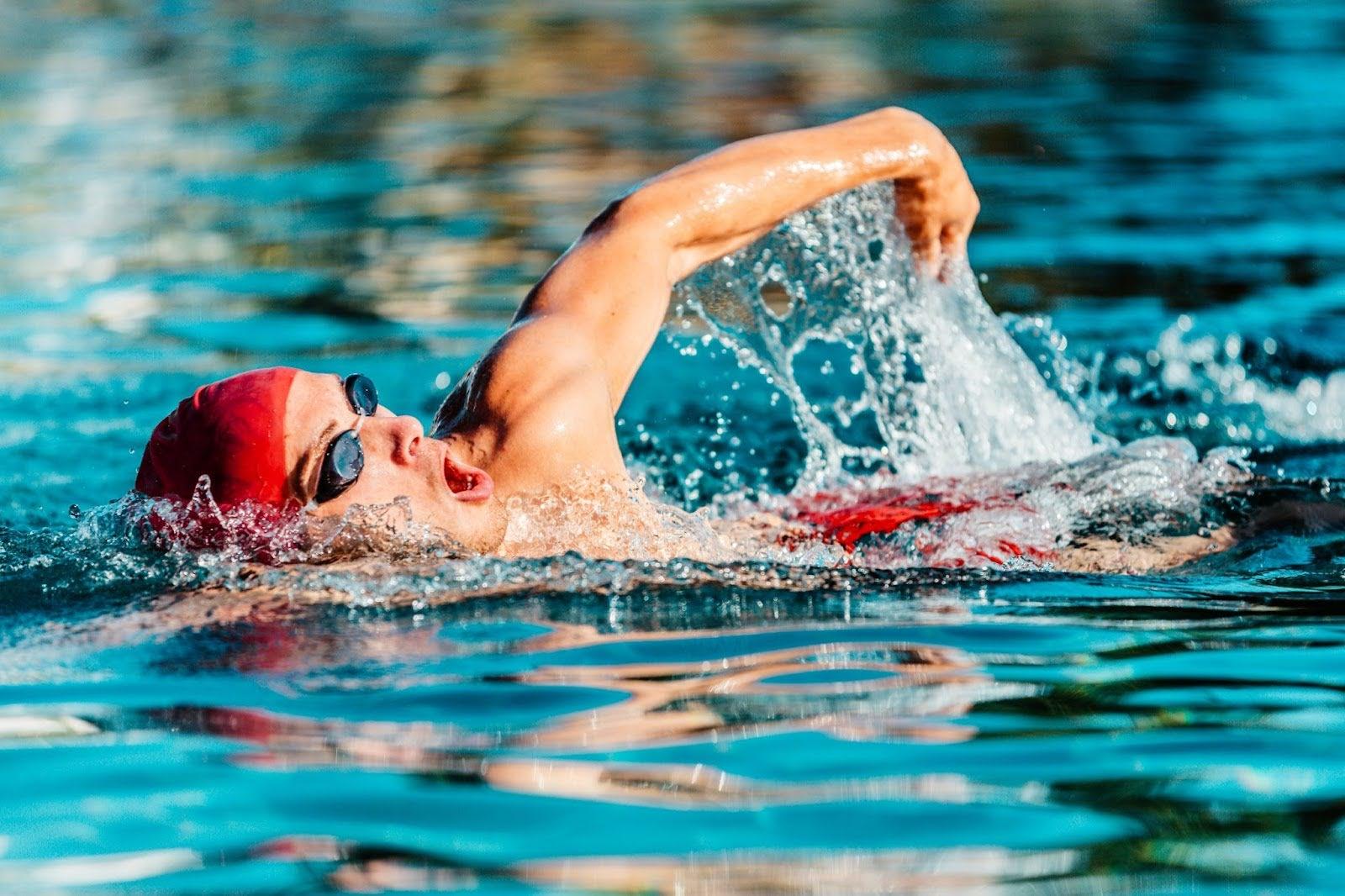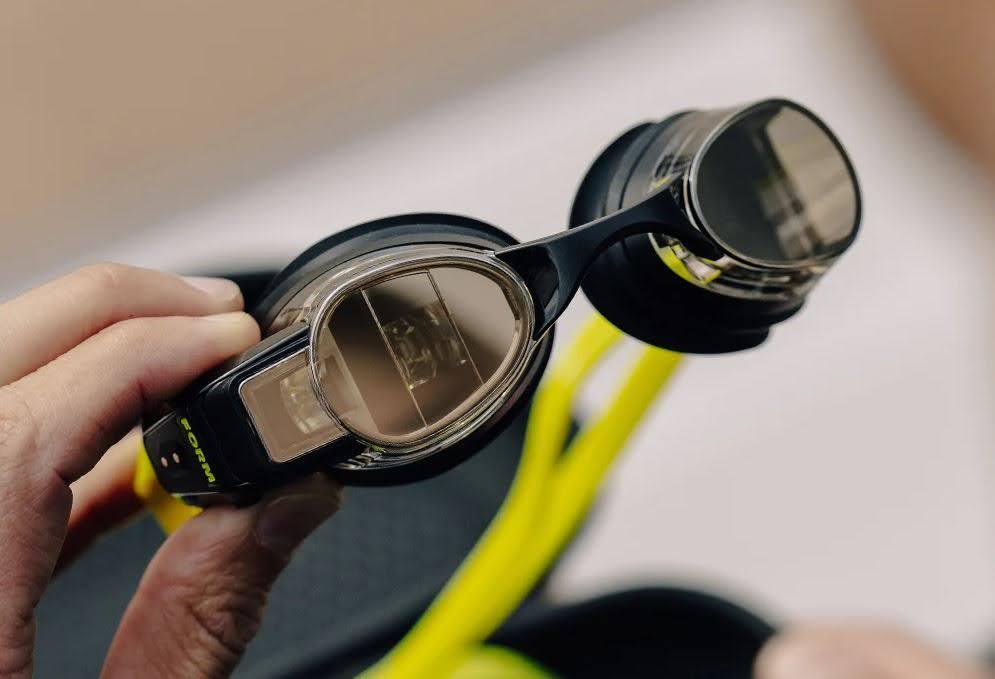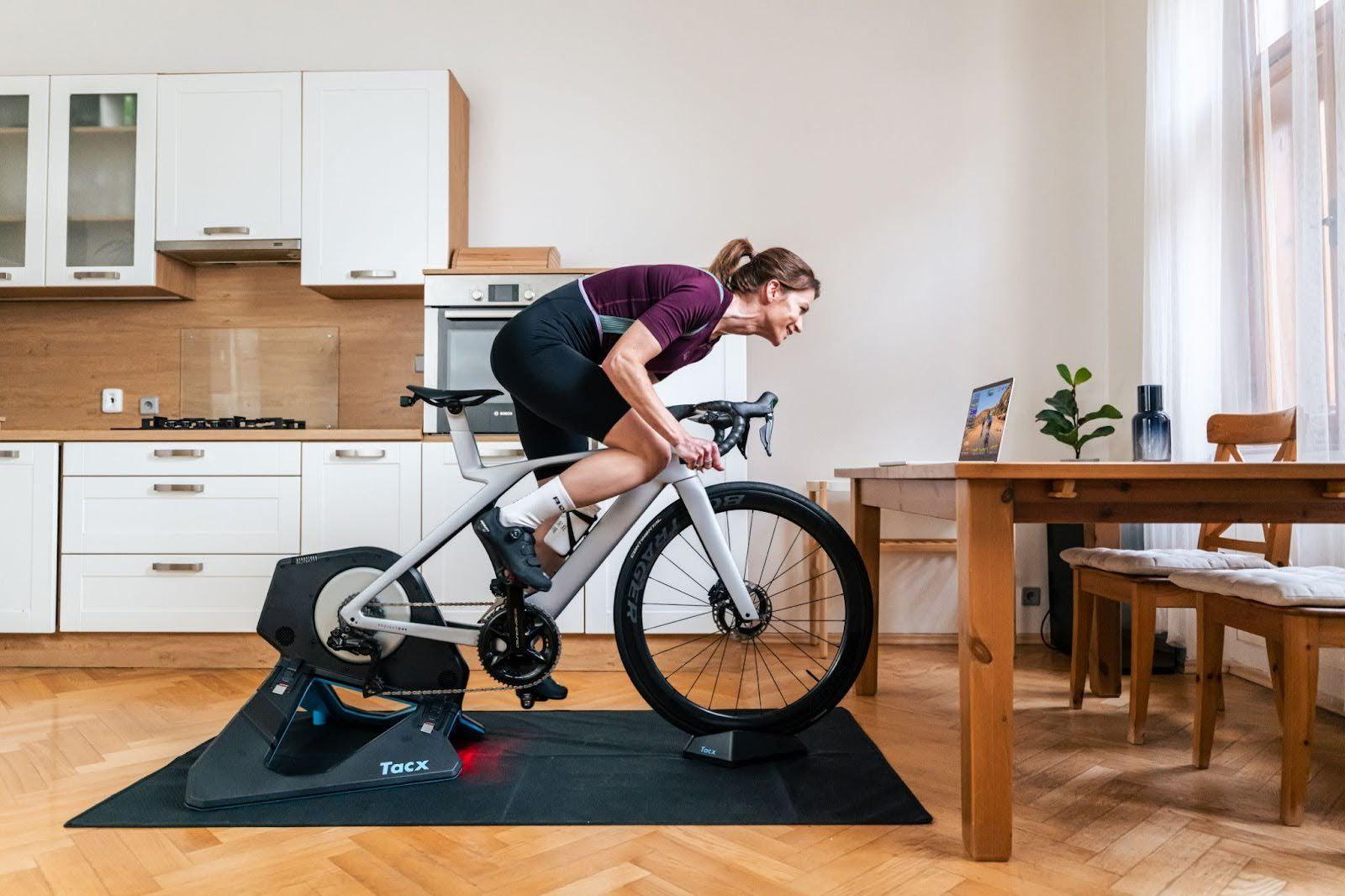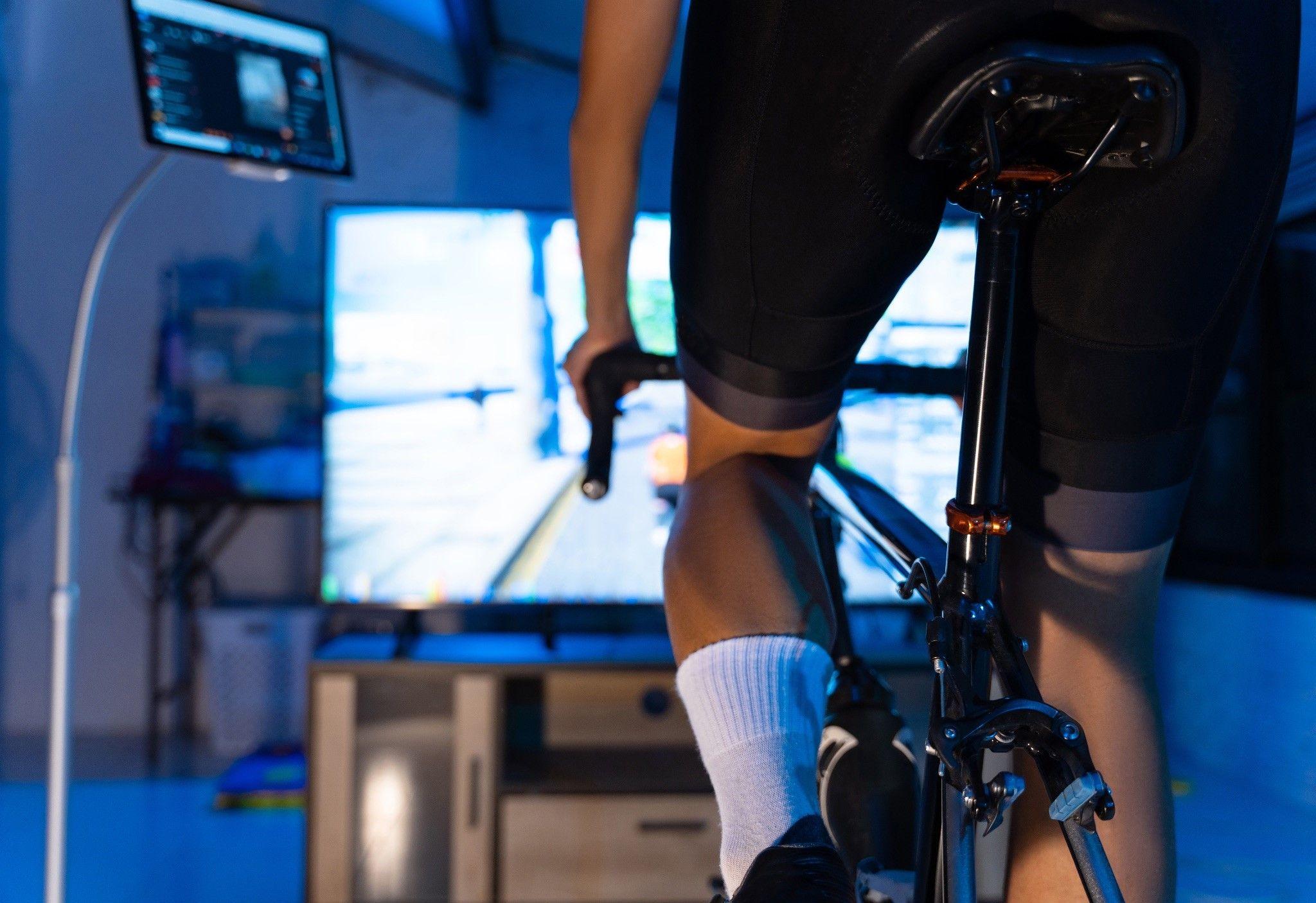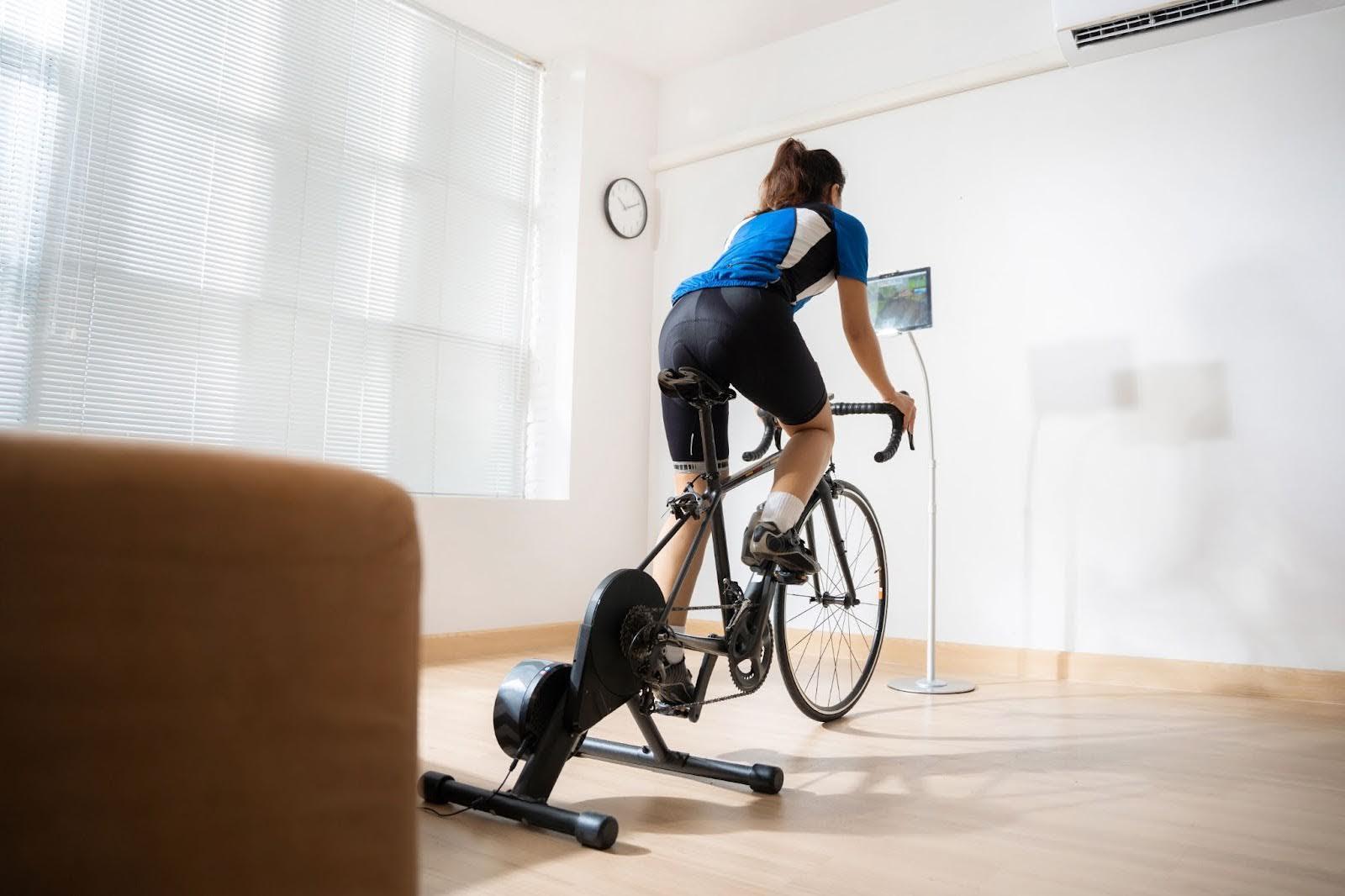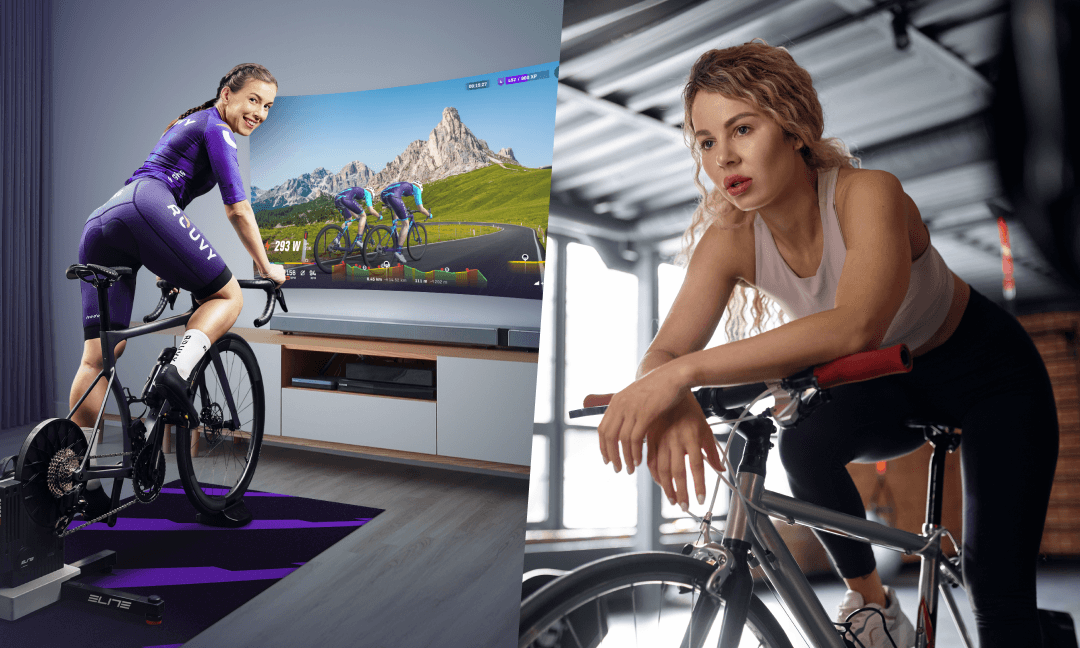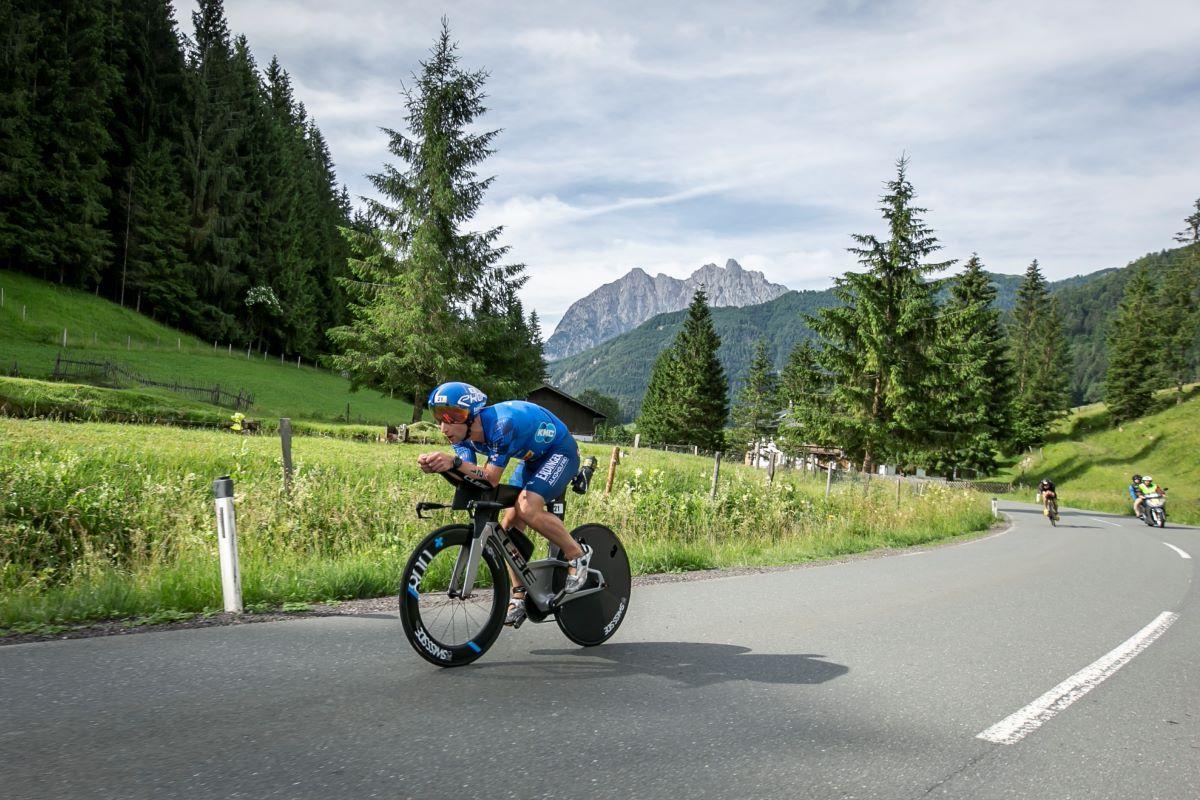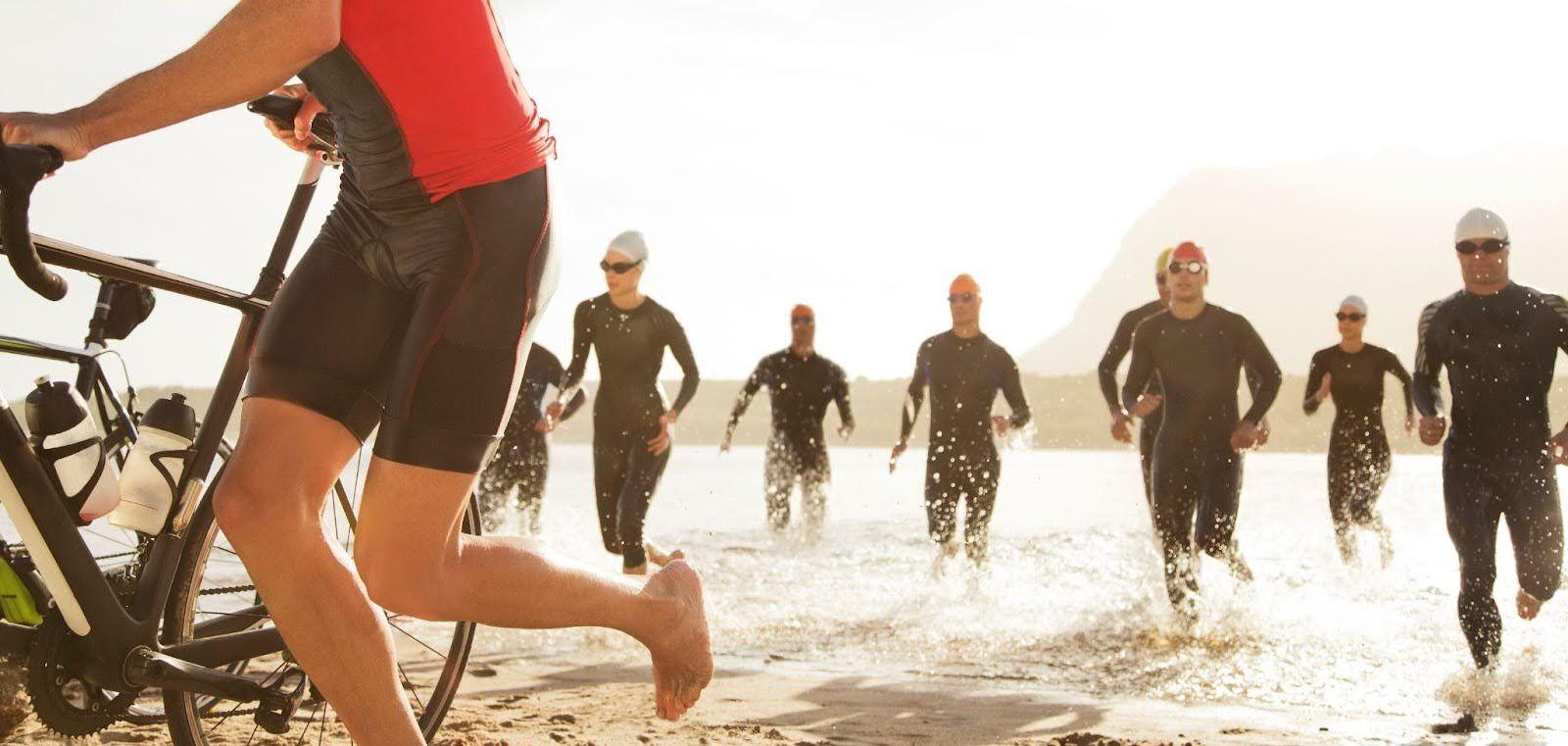FORM Smart Swim 2
The FORM Smart Swim 2 is the category’s headline act: A built-in, heads-up display for pace, distance and more, now with optical heart-rate monitoring and a digital compass to help you hold a line in open water. The subscription-gated compass feature and the price tag place it firmly in “premium.” But if you love data, structured workouts and navigation aids, it’s unrivalled. Battery life is quoted up to approximately 14 hours.
FINIS Smart Goggle Max
FINIS takes a different route: a removable module powers an in-lens display for real-time metrics. It’s excellent for pool sets, technique work and pacing, with UV protection and multiple nose bridges for fit tuning. If you prefer a more “goggle-first, smart-second” approach – and like the idea of swapping modules – FINIS is compelling. This YouTube video shows U.S. Olympian Kevin McDowell training with FINIS Smart Goggle gear.
ROKA R1 Open Water
Not “smart,” but decidedly premium. The R1 uses a forward-tilted, retroscopic lens geometry to open your field of view when your head is in a normal, low sighting posture – so you lift less, sight faster and swim straighter. If you prefer pure optics and hydrodynamics over electronics, the R1 is engineered specifically for open-water performance. Danish pro triathlete Kristian Hogenhaug wore mirrored Roka R1 goggles in the 2025 IRONMAN World Championship in Nice, according to Triathlete.com. Hogenhaug also finished second in the 2025 IRONMAN Lake Placid and IRONMAN Frankfurt.
Zoggs Predator Flex Polarized Ultra
A long-haul comfort monster with serious optics. The Polarized Ultra lens filters glare and boosts contrast; Zoggs offers two profile sizes to improve fit across face shapes, and the flexible frame helps maintain a gentle seal for longer swims. For bright lakes or coastal races, it’s a favourite among open-water specialists.
TYR Special Ops 3.0 Polarized
Designed for triathlon and open water, these bring robust polarized lenses and a stable chassis at a friendlier price than many “tech” options. They’re a superb fit if you want premium glare control without stepping into heads-up-display territory. Rudy Von Berg, who won bronze medals at the 2019 IRONMAN 70.3 World Championships and 2024 IRONMAN World Championships, competes and trains in TYR goggles.
Why mix “smart” and “premium optics” together?
Triathletes vary: some want live metrics and navigation cues; others want the most sight-efficient lens geometry or polarized optics. Grouping them here underscores that “premium” can mean sensors or superior optical engineering – and both can materially improve race-day outcomes, depending on your preferences.
How to choose goggles for pool vs. open water
For pools, prioritize clarity and comfort. Clear or lightly tinted lenses maximize contrast under artificial light and soft gaskets reduce pressure over long aerobic sets. Anti-fog durability matters because pool sessions tend to run longer; avoid touching the inner lens and rinse gently after chlorine exposure.
For open water, tame brightness and glare. Mirrored or polarized lenses reduce surface reflections and make buoys and landmarks easier to pick up. Wider fields of view ease pack awareness; sight-optimized geometries can reduce head lift. If fog reappears for you mid-swim, an on-the-fly reactivation system (for example the Arena Swipe) is pragmatic.
Many triathletes keep two pairs: a high-comfort trainer, and a race-tuned, open-water goggle. That strategy ensures your best pair stays fresh for key sessions and race week.
Care & mistakes to avoid
Don’t rub the inside of the lens – most anti-fog layers are delicate. Instead, rinse gently with fresh water post-swim and let air dry.
Store goggles in a case to prevent scratches.
Avoid leaving goggles in hot cars or direct sun; heat can warp gaskets and degrade coatings.
Rotate between two pairs if you swim frequently.
Test any new goggle well before race day so you can adjust nose bridges and strap tension.
Conclusion & final recommendations
Swim goggles are small but decisive. If they stay clear and planted, you can settle into a rhythm quickly, conserve mental energy for transitions and get to the bike feeling composed. If they fog, leak or distract, you lose time – and confidence.
A sensible, triathlete-tested approach for 2025 is:
Keep a race-ready, open-water pair with mirror or polarized lenses, strong anti-fog (or reactivation), and a stable, low-profile fit.
Arena’s Swipe family, ROKA’s sight-optimized R1, Zoggs’ Predator Flex Polarized Ultra or TYR Special Ops 3.0 are excellent starting points.
Use a comfort-first trainer for pool work. The Aqua Sphere Kayenne or Zone3 Venator X are both proven workhorses.
If you love data, add a smart goggle – FORM Smart Swim 2 or FINIS Smart Goggle Max – to guide pacing and technique in training; race with a simpler backup.
On a budget? The Speedo Vanquisher 2.0, Arena Tracks Mirror and Orca Killa 180º deliver reliable performance for far less.
As your season builds, keep your indoor cycling sharp with structured workouts on ROUVY, maintain consistent swim frequency with the right goggles for each environment, and round it off with smart run programming.
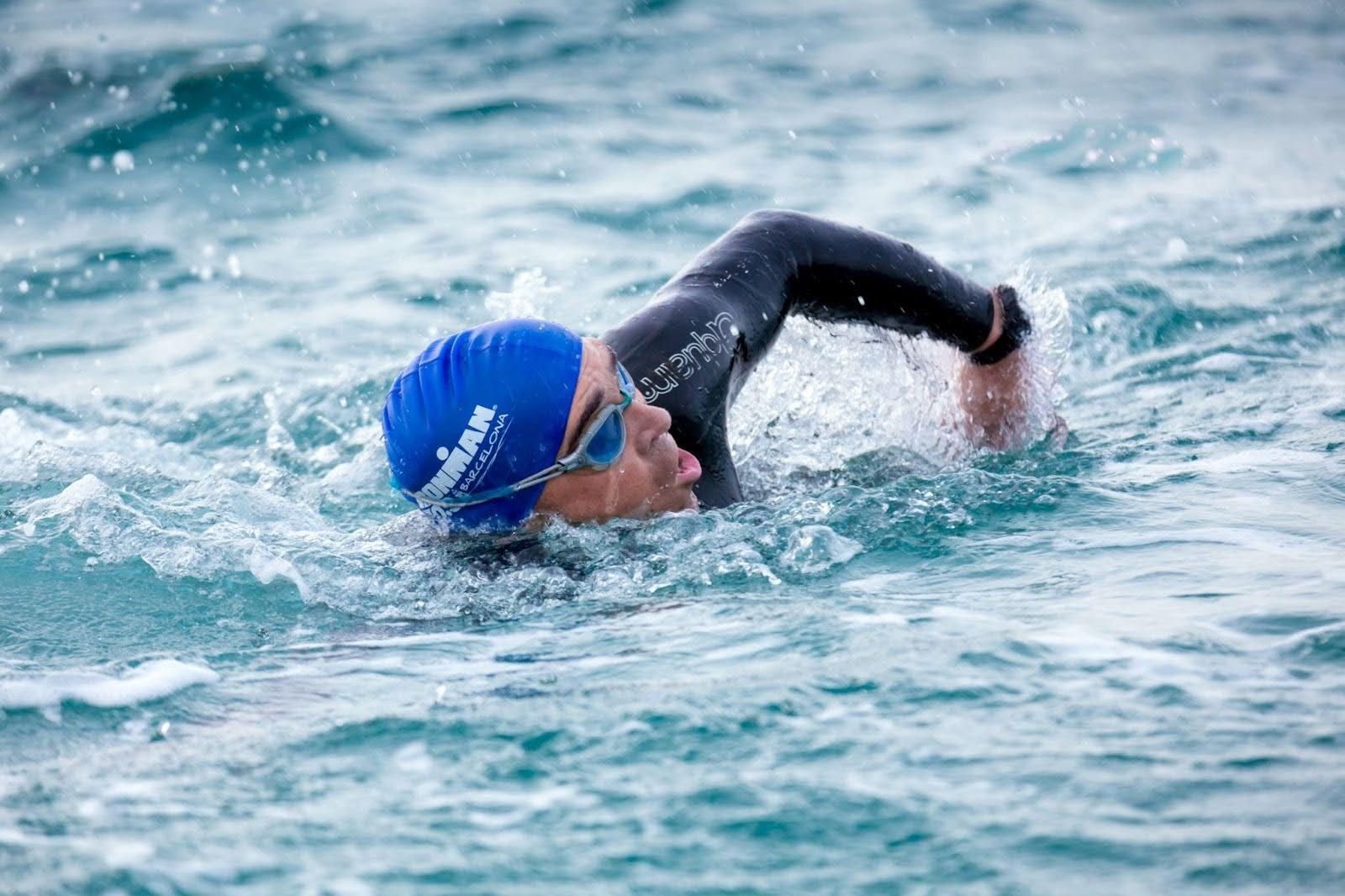
Train purposefully, race clearly and we’ll see you at the mount line – with a crystal-clear view of the day ahead.
Further reading
